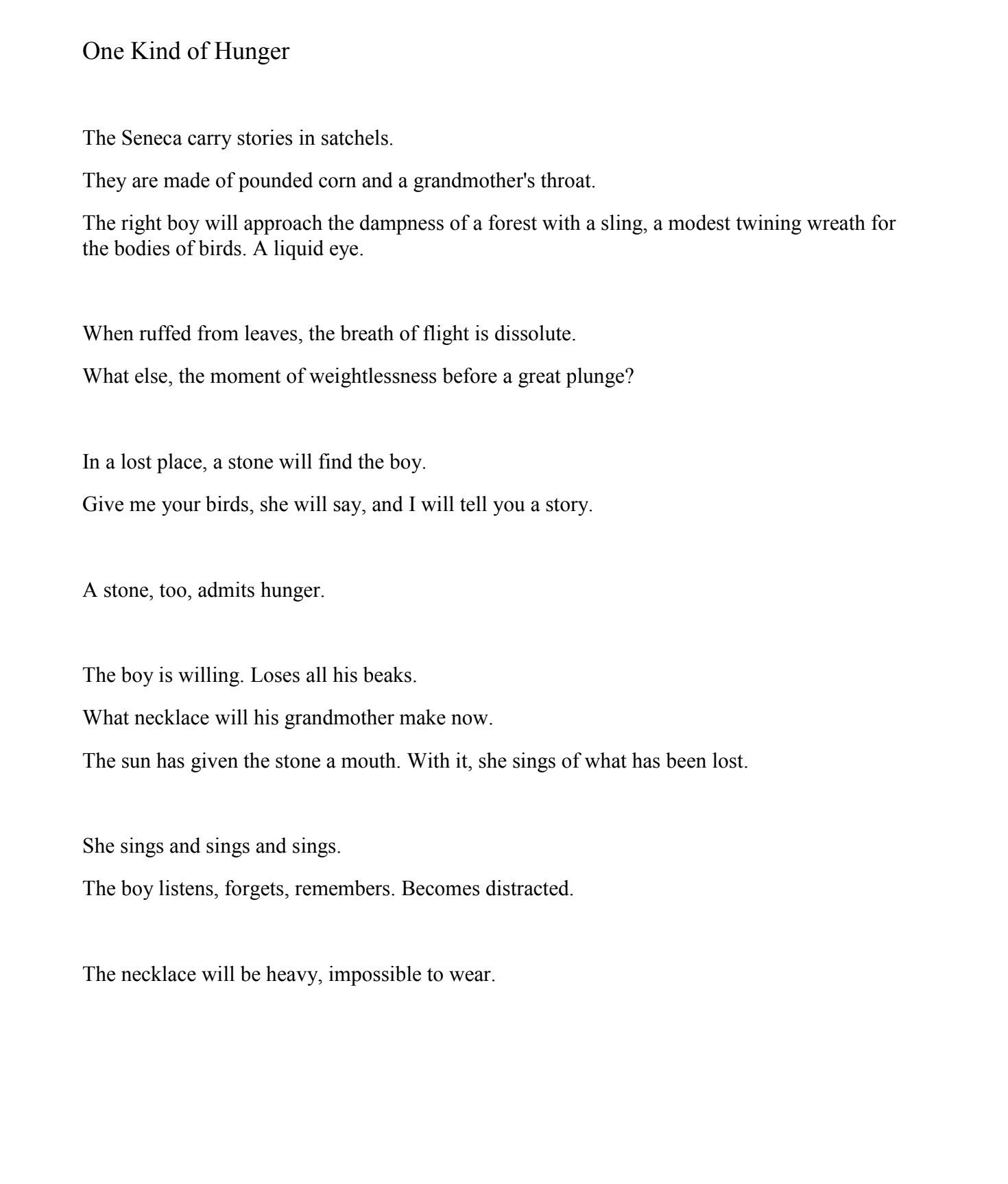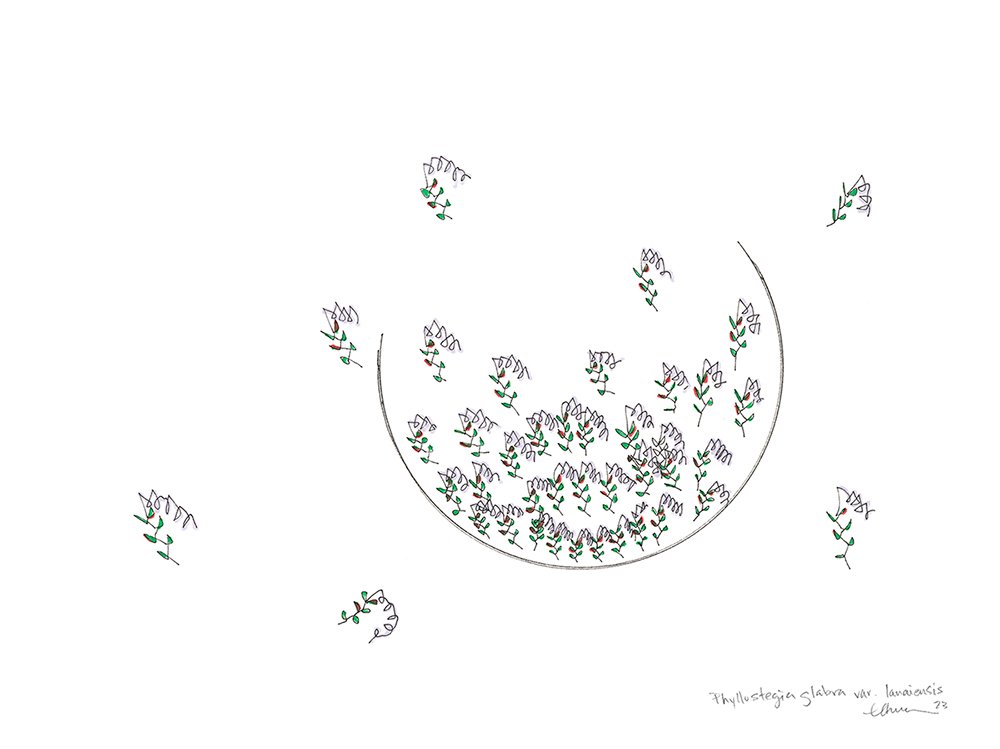017: Lehua M. Taitano
Lehua M. Taitano is a CHamoru poet and interdisciplinary artist based in San Francisco, California who has been immersed in creative pursuits for over two decades. While her primary focus has been poetry, with two full-length books and several chapbooks to her name, she's also a co-founder of Art 25: Art in the Twenty-fifth Century, engaging in various artistic ventures like art installations, film, collective poetry, ceremony, and print-making. Recently, she has delved into drawing as a personal exploration.
Lehua M. Taitano
For Lehua, art is a cultural and human necessity, representing creative expression rooted in curiosity and a quest for answers. She sees art as instrumental in driving humanity forward and shaping collective identity. Her artistic journey is guided by a path of curious pleasure, leading her to explore various art forms across genres. Notably, Lehua suggests that in CHamoru culture, being an artist is not an occupation but rather an identity everyone shares. From making jewelry to preparing food, art is infused into everything people do.
Excerpt poem from Inside Me an Island: “One Kind of Hunger”
Lehua M. Taitano
Despite holding a Master's degree in Creative Writing, Lehua finds her true creative freedom outside academia. She believes formal education sometimes necessitates unlearning and values the freedom found in self-directed creation. When stuck in her creative process, she emphasizes the importance of starting quickly and embracing the joy of creation, focusing on the event rather than the end result.
Lehua M. Taitano
Lehua's art often incorporates oceanic space, emphasizing the significance of surrounding calmness and silence in her work. She sees art as a prism for challenging dominant cultural perspectives and advocating for change. Her advice for aspiring artists is simple: just make art. She believes in the power of creation as a means of self-expression and encourages others to pursue their creative passions without seeking external validation.
For Lehua’s full interview, please continue below. Also, check out her Instagram and website, where you can explore her portfolio and even purchase her some of work! Thanks again for agreeing to do this for us!
Lehua M. Taitano
Please introduce yourself and describe what you do.
My name is Lehua M. Taitano, familian Kabesa yan Kuetu, giya Yigu na songsong. I currently live in San Francisco, California, and I am a CHamoru poet and interdisciplinary artist. Though my primary means of creative work has been in the publication of poetry for the last 20 years (I have two full length books of poetry, A Bell Made of Stones and Inside Me an Island, and several chapbooks), I co-founded an artist collective in 2017 with visual artist Lisa Jarrett, and later, artist and poet Jocelyn Kapumealani Ng, called Art 25: Art in the Twenty-fifth Century. We have engaged in many projects together, including art installations, film, collective poetry, ceremony, and print-making. Recently, however, I have begun to focus on making drawings as a personal exploration.
How would you define art? I
I believe art is a cultural and human necessity, and it's any form of creative expression that begins with curiosity and the desire to explore answers to questions. Art is what moves humanity forward and defines who we are as a people. What we spend most of our time doing speaks to what is most important in our lives.
Why did you choose your art form?
I follow a path of curious pleasure. It leads me to all kinds of art making, across all genres.
How did your high school/college years affect the work you make today?
Though I have a Master's degree in Creative Writing, I have found the most freedom to create outside of Academia. Sometimes formal education also teaches you what you need to unlearn.
Who do you idolize?
I think idols are dangerous, because holding someone up too highly on a pedestal unfairly gives them too many opportunities to disappoint you. No one is perfect. I admire many people and artists, but I most admire people who are generous, considerate, creative, kind, and patient.
Where do you get your inspiration?
I constantly return to our greatest resources for inspiration: i tåsi, i tåno, and our nonhuman and human relatives.
What do you do when you're stuck on an artwork or lacking motivation or inspiration?
The way I work doesn't allow for being stuck in the middle. I work quickly, sometimes without a lot of planning. The harder part for me is beginning work, knowing when to stop thinking about something and to start making. Once I've started, the actual process of creating is the high I ride, and it's no problem to continue through.
What do you like incorporating most into your art?
I most appreciate art that makes me think. I don't have to like it, but I want to feel challenged by it. I hope to incorporate that idea into everything I make.
What is something that you add to your art as your signature?
Oceanic space. Some would say empty space, negative space. I say oceanic space. Whether it's words on a page or objects and lines in a drawing, I think the surrounding space, the calm silence, is just as important as the marks on the page.
Take us through your process for making art.
I think the best way to see the process is to witness the result and reverse engineer how it came to be. I think of the final result as the documentation of the event of making. I am more concerned with the event than the result, most times. The result is always the archive of a moment.
What do you struggle with the most when making art?
When it comes to any type of creativity, I am most confident in generating ideas. My imagination and thinking of things differently is my greatest asset. Drawing has proven to be the arena in which I am most challenged to be confident in my decisions. I think that has to do with some childhood trauma, honestly--of thinking a drawing has to have a certain amount of perfectionism or realism, as I was instructed by my teachers. I think that's why I'm plunging into drawing again. To assert my confidence in that genre too. To do that, I focus on the fun. The pleasurable aspect of making marks. I think all of my drawings are evidence of me teaching myself to draw, how to be fully myself on the page.
What role do artists have in society?
Artists are a prism for dominant culture. We bend perspective and ask others to think about things differently. To embrace change and question the rules we have created for ourselves as humans living in societies.
What characteristics do you think all artists share?
Bravery. Curiosity. Determination.
What’s your favorite place in Guam?
The tåsi is my favorite place, surrounding our island and beyond. She is our mother, our home.
How has your artwork evolved over time?
My creativity has evolved to expand ever outward, to push the limits of what I think I can make, and how innovatively I can imagine.
Why did you choose to become an artist?
I think that instead of being a vocation, being an artist is just part of being human. I didn't choose it so much as I just am myself, and that person who is myself interrogates the world and makes things in response. Historically, CHamoru culture hasn't dictated that "artist" is a "job" you would choose. We are all artists. Shaping canoes, lovingly preparing food for our families, tying nets, carving jewelry, making utilitarian objects, inventing and sharing stories, weaving and thatching and dancing--all art. All CHamoru. All human.
Is your art geared towards a specific audience?
I often say my writing is always for the CHamoru people, and my other forms of creative expression are the same. I am always speaking to us, to our land, our waters, our plant and animal relatives, our people. I am speaking to our collective future. May we find liberation in our lifetime.
Do you have any tips for aspiring artists?
Yes! The only thing you need to do to be an artist is to make art. That's it. You don't need approval or permission or awards or gallery shows or likes on your social media accounts. Just make art. Keep showing up for yourself and create. It's really that simple.





